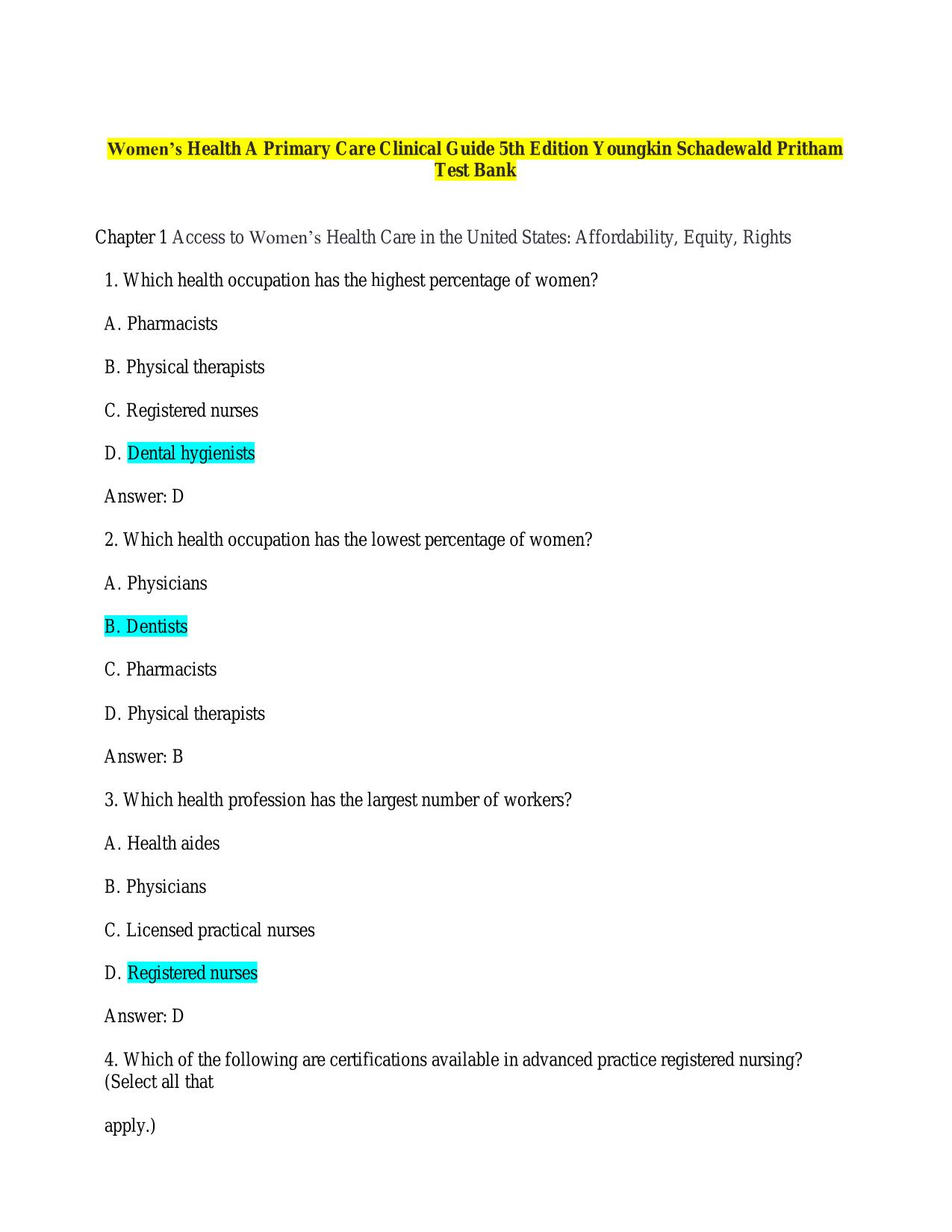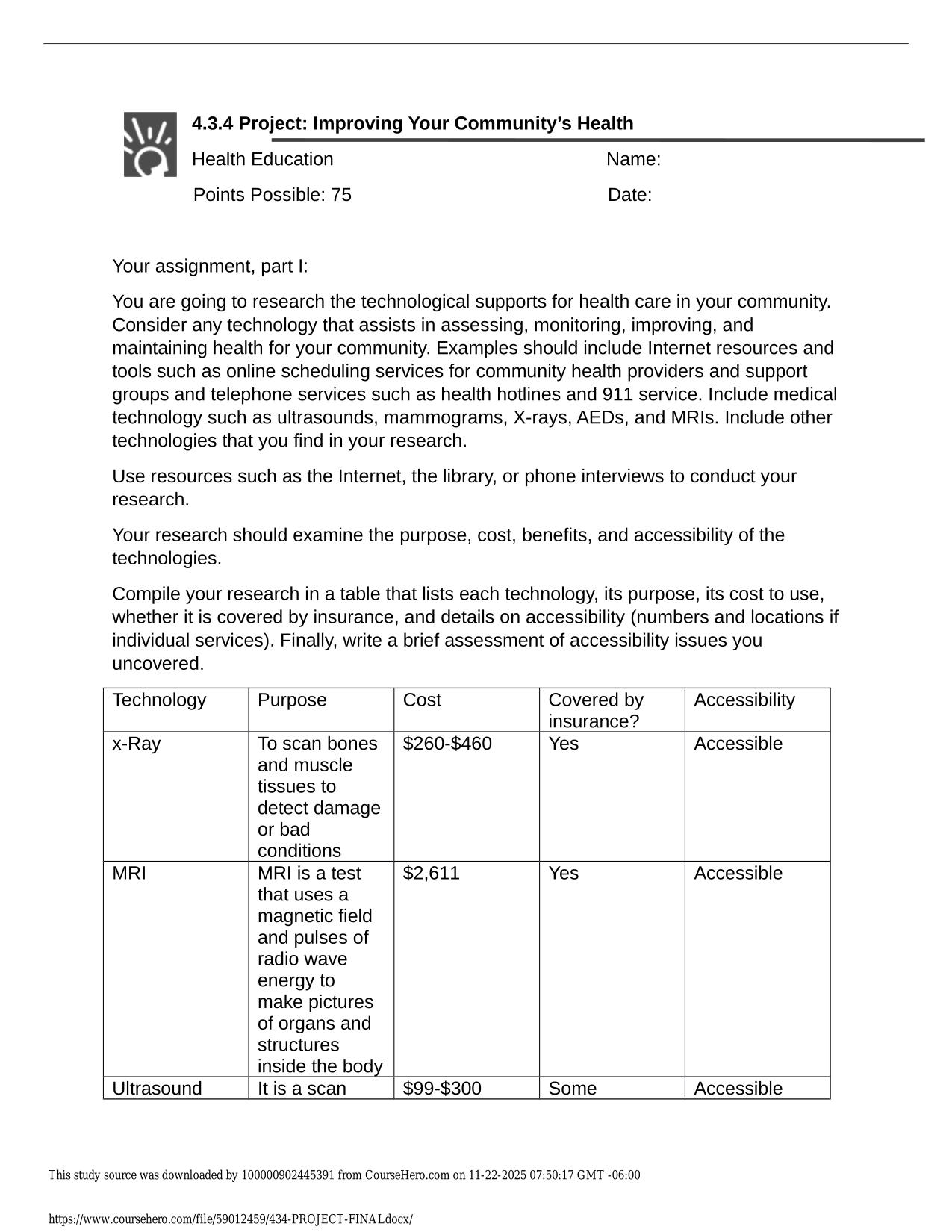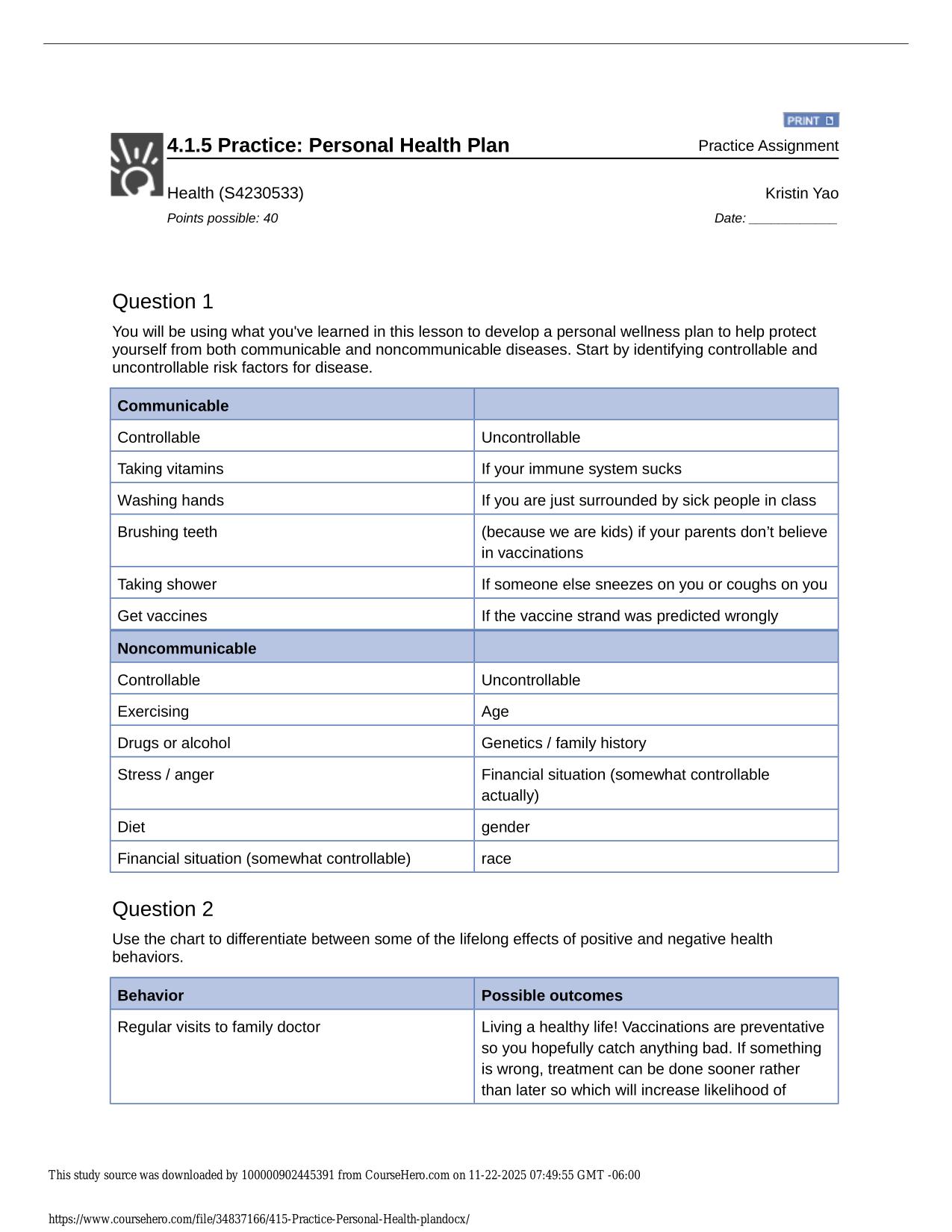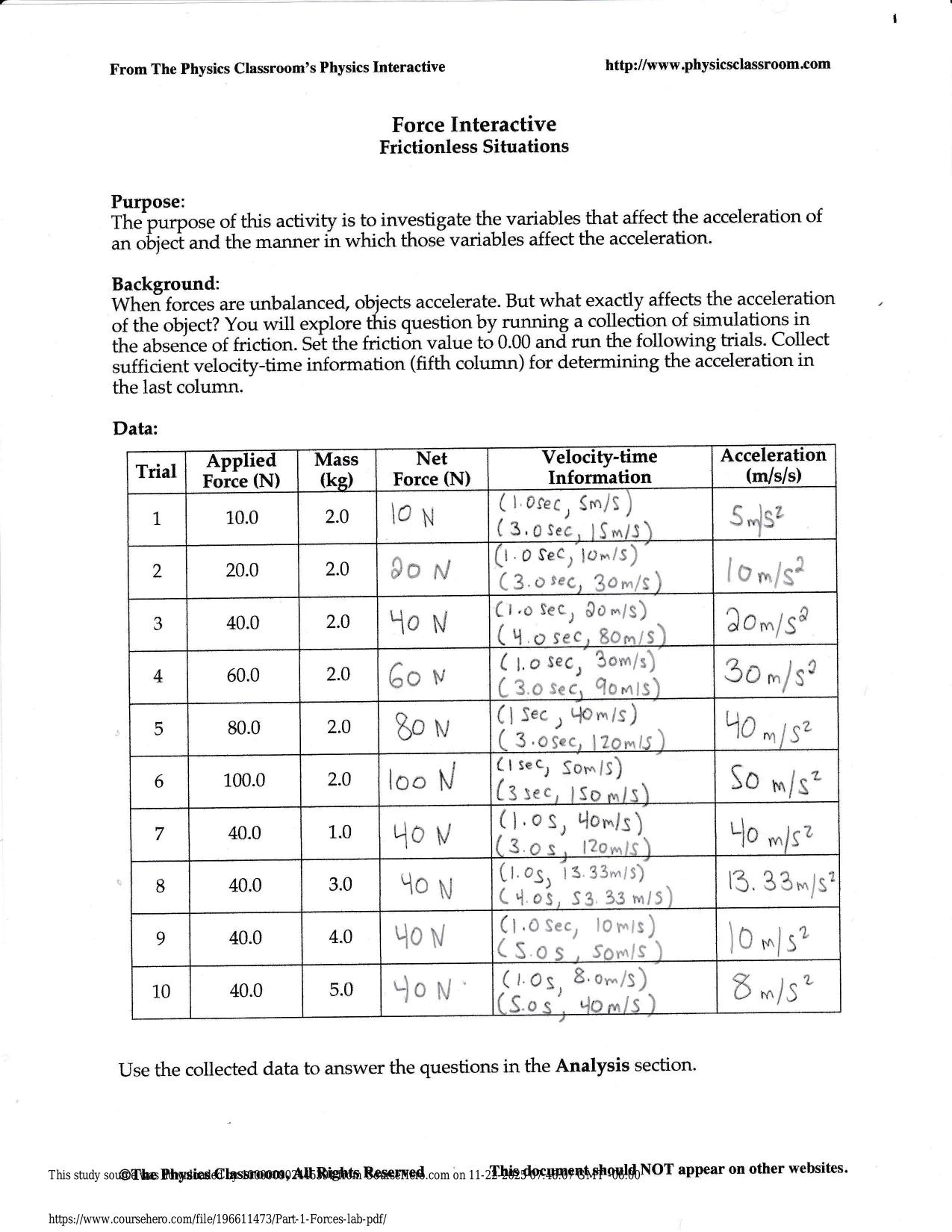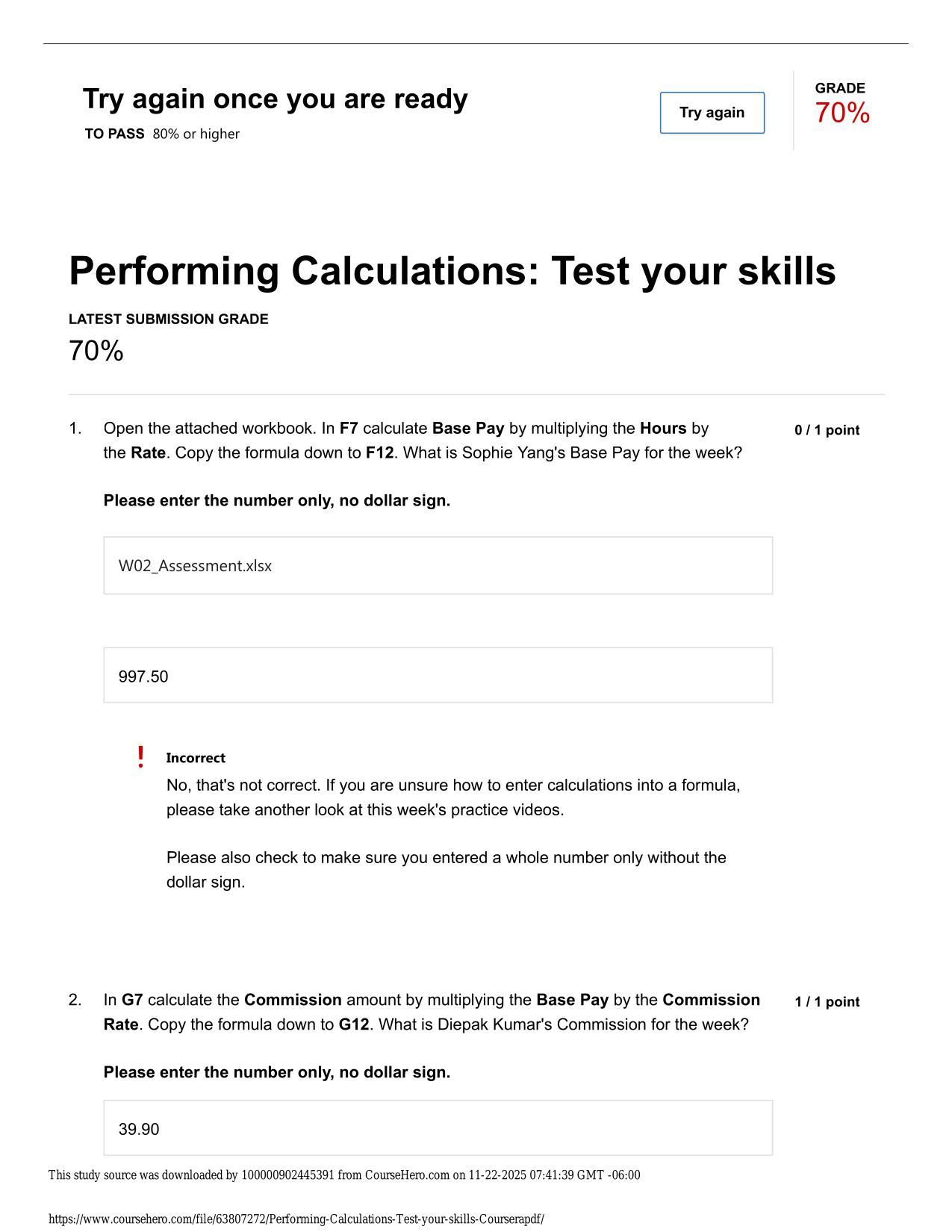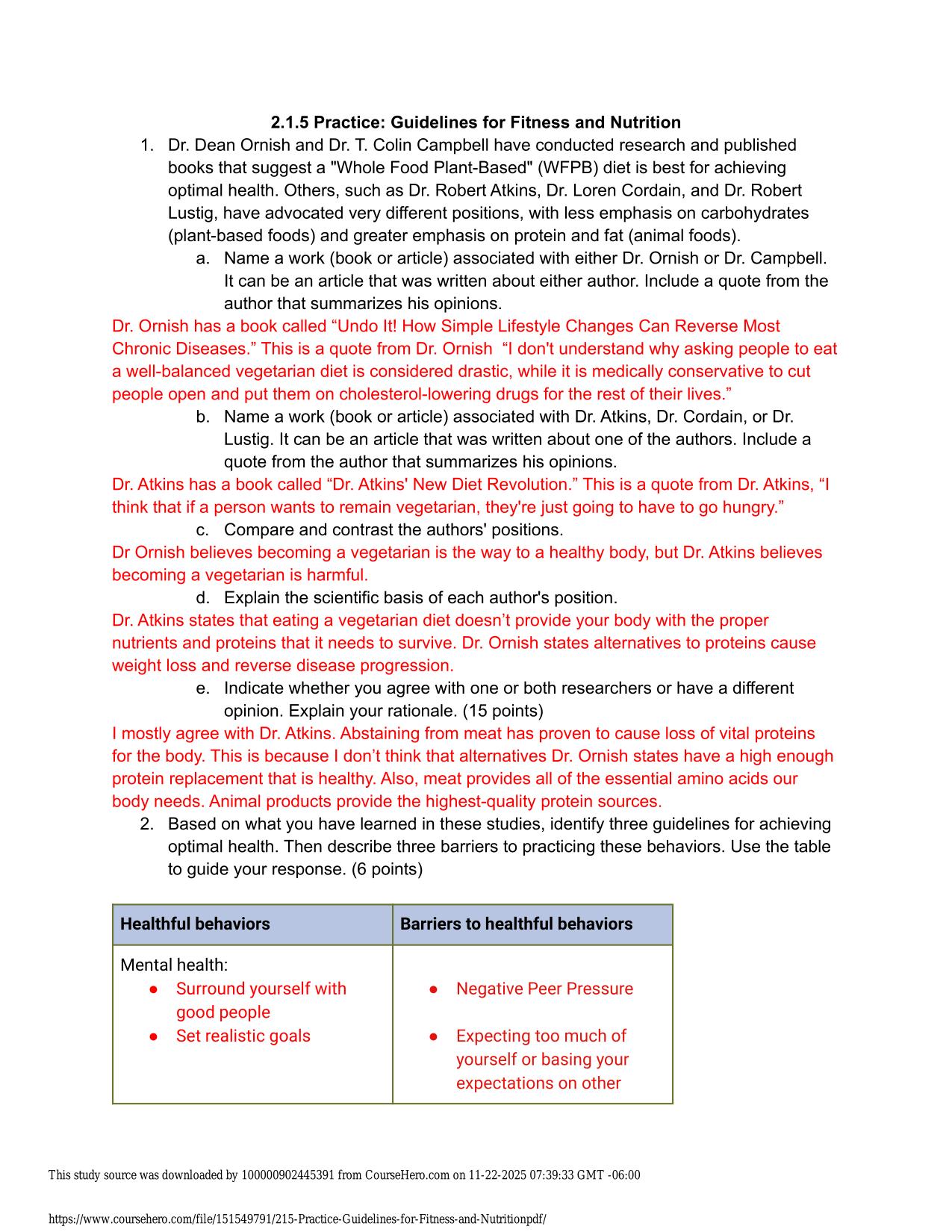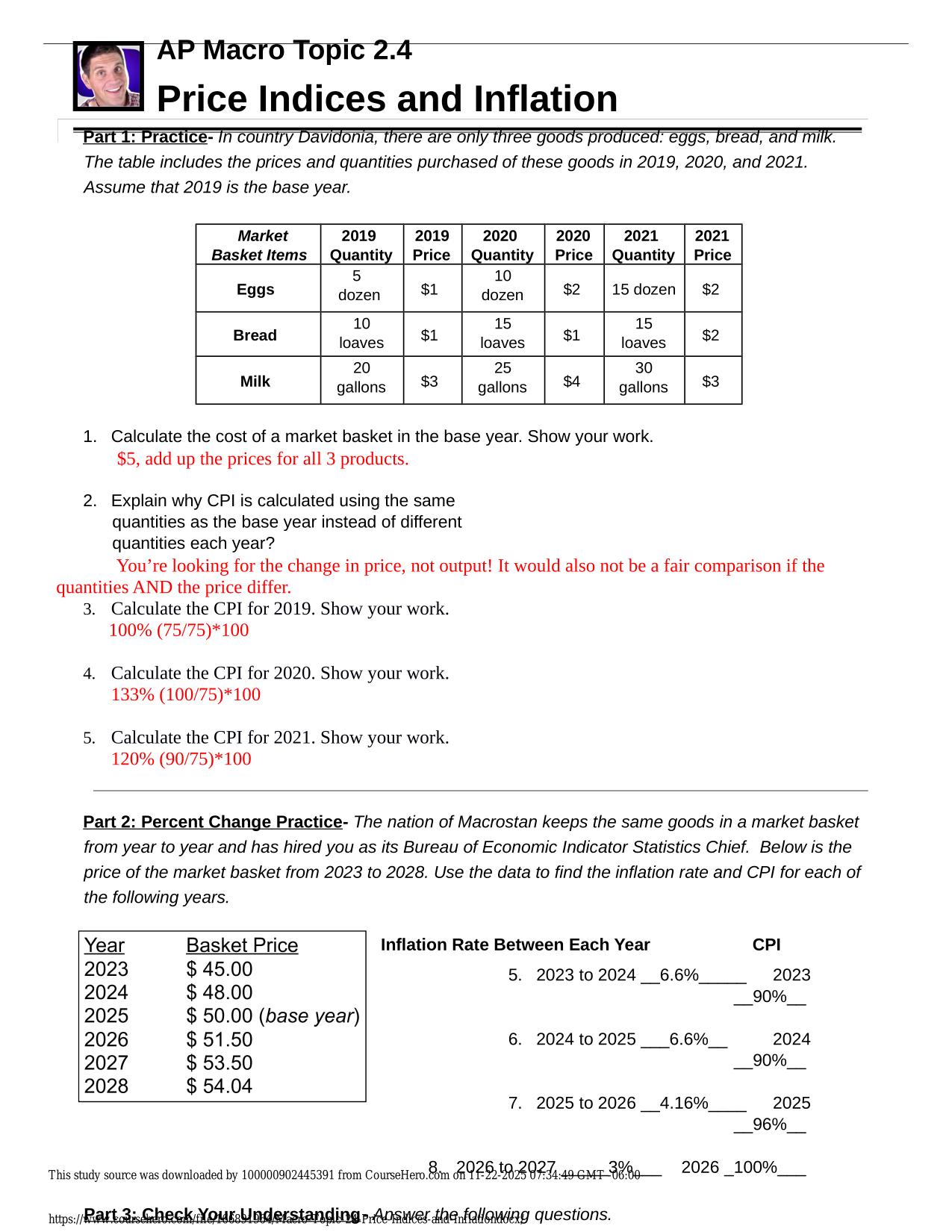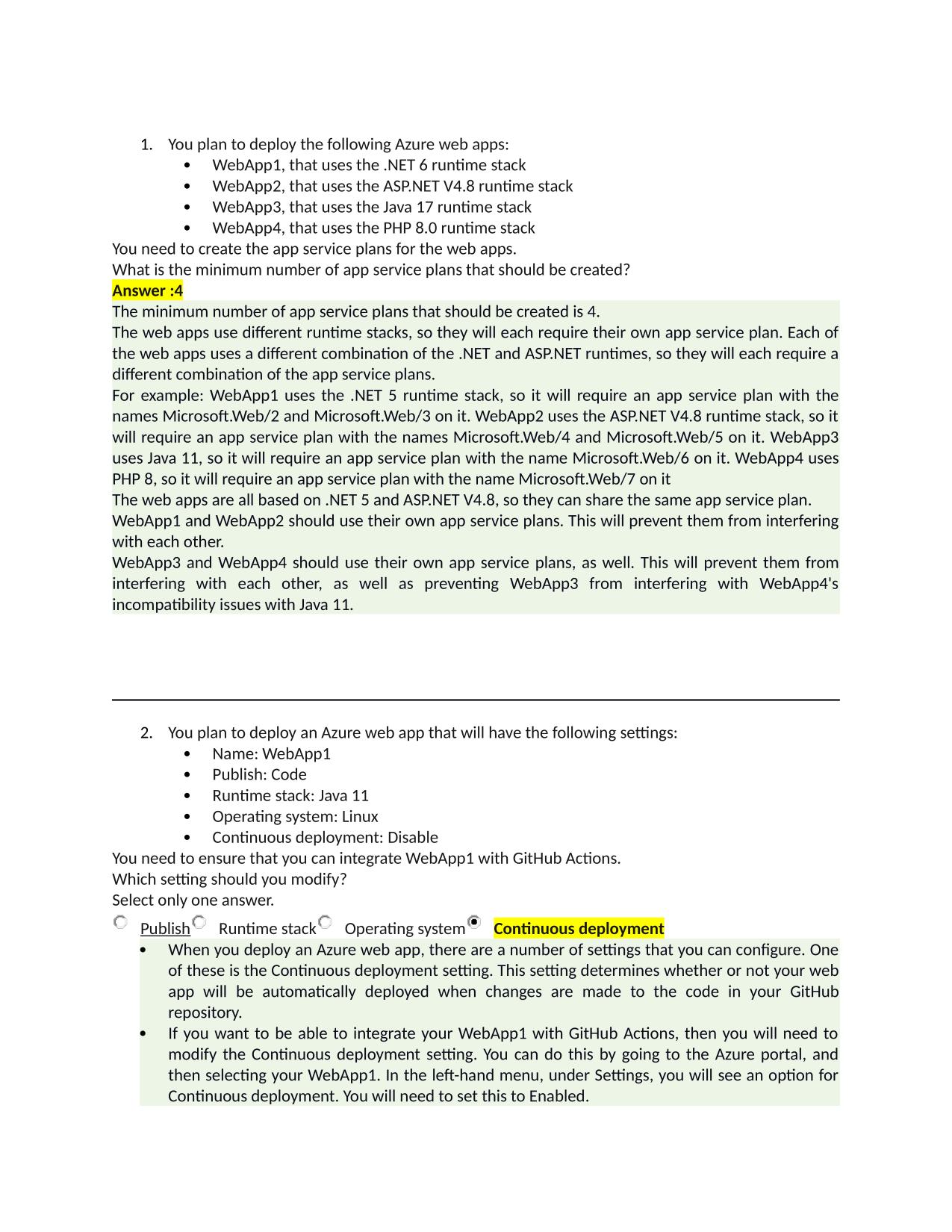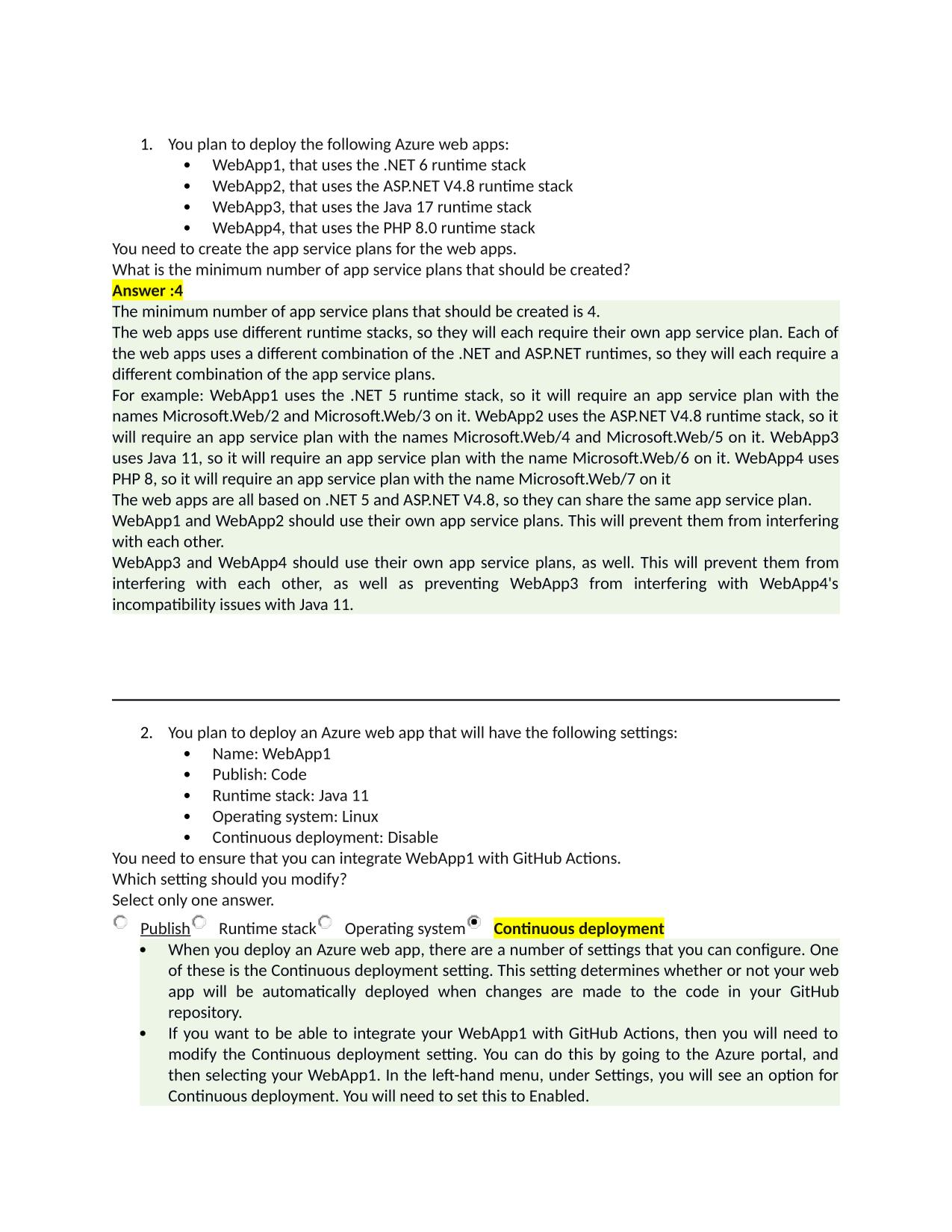Testbank Women’s Health A Primary Care Clinical Guide 5th Ed Youngkin Schadewald Pritham ISBN: 9780135659663
Course:
Womens Health
Institution:
Womens Health
Testbank Women’s Health A Primary Care Clinical Guide 5th Ed Youngkin Schadewald Pritham ISBN: 9780135659663
After purchase, you get:
✅ Instant PDF Download
✅ Verified answer explanations
✅ Refund if not Satisfied
✅ Prepared for 2025/2026 test cycle
Overview
Items are revised to reflect the latest Testbank guidelines and best practices for modern exam studying. You can trust that you're studying current material that matches what examiners are actually testing now. This relevance is crucial in fields where standards and practices evolve regularly. Students appreciate not wasting precious study time on outdated content that won't appear on their exams.
Who Is This For?
A solid choice for aspirants wanting to reinforce weak areas, practice under pressure, and build familiarity with Testbank testing patterns. Users often notice improvement after consistent practice. The directed approach helps strengthen specific knowledge gaps. Great for candidates pursuing higher exam scores, aiming to boost accuracy, speed, and comprehension in Womens Health. Many users have seen noticeable score improvements after consistent practice. The focused training helps develop both knowledge and test-taking skills.
Related Keywords
Detailed Study Description
Frequently Asked Questions
Document Information
| Uploaded on: | November 1, 2025 |
| Last updated: | November 17, 2025 |
| Number of pages: | 149 |
| Written in: | 2025/2026 |
| Type: | Exam (elaborations) |
| Contains: | Questions & Answers |
| Tags: | Testbank Women’s Health A Primary Care Clinical Guide 5th Ed Youngkin Schadewald Pritham ISBN: 9780135659663 |
Seller Information

AdelineJean
User Reviews (0)
Exam (Elaborations)
$15.00
Add to Cart
100% satisfaction guarantee
Refund Upon dissatisfaction
Immediately available after purchase
Available in Both online and PDF
$15.00
| 0 sold
Discover More resources
Inside The Document
Women’s Health A Primary Care Clinical Guide 5th Edition Youngkin Schadewald Pritham Test Bank Chapter 1 Access to Women’s Health Care in the United States: Affordability, Equity, Rights 1. Which health occupation has the highest percentage of women? A. Pharmacists B. Physical therapists C. Registered nurses D. Dental hygienists Answer: D 2. Which health occupation has the lowest percentage of women? A. Physicians B. Dentists C. Pharmacists D. Physical therapists Answer: B 3. Which health profession has the largest number of workers? A. Health aides B. Physicians C. Licensed practical nurses D. Registered nurses Answer: D 4. Which of the following are certifications available in advanced practice registered nursing? (Select all that apply.) A. Certified nurse midwife B. Certified registered nurse anesthetist C. Certified nurse pharmacologist D. Clinical nurse specialist E. Nurse practitioner Answer: A, B, D, E 5. What level of education is required to become a licensed practical nurse? A. 2-year master’s degree (in addition to a 4-year bachelor’s degree) B. 4-year bachelor’s degree C. 2-year associate’s degree D. 1-year certificate or diploma Answer: D 6. What percentage of physicians and surgeons in the United States in 2014 were women? A. 27% B. 37% C. 47% D. 57% Answer: B 7. What medical specialty has the highest percentage of women? A. General pediatrics B. Obstetrics and gynecology C. Orthopedic surgery D. Urology Answer: A 8. On an average, the income of female physicians is what percentage of that of male physicians? A. 59% B. 79% C. 99% D. 109% Answer: A 9. What level of education is required to become a pharmacist? A. 6-year doctorate degree B. 2-year master’s degree (in addition to a 4-year bachelor’s degree) C. 4-year bachelor’s degree D. 2-year associate’s degree Answer: A 10. Which of the following is the median income of dentists in the United States (2012)? A. $89,310 B. $109,310 C. $129,310 D. $149,310 Answer: D 11. Which of the following are the current trends in dentistry? (Select all that apply.) A. More specialists than generalists B. Research linking oral health to overall health C. Focus on treatment of disease rather than prevention D. Expected growth of 18% from 2014 to 2024 E. Increasing demand for dental implants, bridges, and cosmetic services Answer: B, D, E 12. Which allied health occupation is projected to be the fastest growing? A. Health information technicians B. Nursing aides C. Occupational therapists D. Paramedics Answer: A 13. One in five workers in which of the following allied health occupation is at or below the federal poverty level? A. Medical assistant B. Home health aide C. Radiology technician D. Speech-language pathologist Answer: B 14. Veronica is a registered nurse who pours herself into her job. She works long hours without complaint andstrives to do her best. Often, she maintains a cheerful, caring, and kind demeanor on the outside whilefeeling exhausted and frustrated on the inside. The effort it takes to maintain this front before her patientsresults in a lot of stress. This phenomenon can best be described as which of the following? A. Identity crisis B. Psychological disparity C. Emotional dissonance D. Gender discrimination Answer: C 15. Tests of implicit racial bias among health professionals have revealed which of the following? A. An unconscious preference for Whites over Blacks B. Use of racially charged, derogatory language
CourseHero & Studypool Unlocks
Get Unlocked CourseHero and Studypool documents files instantly to your email, simply by pasting your link and clicking "Unlock Now". Learn more on how to unlock here.
